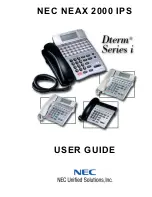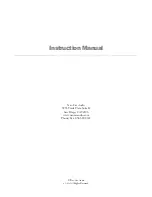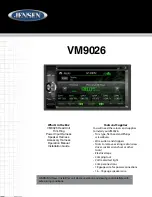
Element
Section 5: Condensate Drain, Trap & Disposal
L-OMM-0003_A
• 10/8/2021 Technical Support • (800) 526-0288 • Mon-Fri, 8 am - 5 pm EST Page
25
of
157
5
CONDENSATE DRAIN, TRAP & DISPOSAL
The Element is designed to operate with normal cold inlet water temperatures of > 100°F and to
produce a significant amount of condensate. The condensate drain is under slightly positive flue
pressure, so the provided ¾" PVC condensate trap must always be used. This trap is sized and
designed to fill with the proper amount of condensate and create a liquid barrier to prevent flue
gases escaping through the condensate drain into the installed space.
Figure 12
– Condensate Tube Location
W A R N I N G !
The condensate trap included with the unit must be installed and maintained as described in
these instructions and must be included as part of the condensate piping system. This trap is
required to keep potentially hazardous products of combustion from entering the space where
the condensate piping terminates. Failure to properly install this trap can cause, personal injury,
exposure to hazardous materials or death.
5.1 Connect Condensate Trap
Follow these instructions if condensate trap is not connected or is loose.
1. The condensate drain is located at the bottom-rear of the water heater, near the flue outlet.
Connect the condensate trap assembly to the PVC fitting on the condensate drain pipe.
Additional PVC fittings and pipe can be added to the condensate drain connection to relocate
the condensate trap assembly as long as all added parts are at the same elevation. After
attachment, the trap must be rotated so the offset in the pipe aims down toward the floor. Do
not rotate the offset toward the ceiling. Do not use tools to tighten the PVC union. Hand-tighten
the PVC union to seat the internal gasket.
2. Do not combine the Element condensate drain with condensate drains of other appliances into
a single drain line. Route each drain line into a drain suitable for condensate and make certain
the end of each line is not submerged or otherwise blocked.
3. All condensate plumbing must be protected from freezing. Do not locate the condensate piping
such that an ice dam of frozen condensate can block condensate from leaving the outlet.
4. Connect the condensate drain line or the Condensate Neutralization System (CNS) to the
b
arbed hose connection, sized for 1” heavy wall vinyl tubing rated for 170ºF or higher, located
at the end of the condensate trap. All piping from the trap to the drain or the CNS must remain
below the highest point (top of the condensate outlet pipe) on the condensate trap.
















































